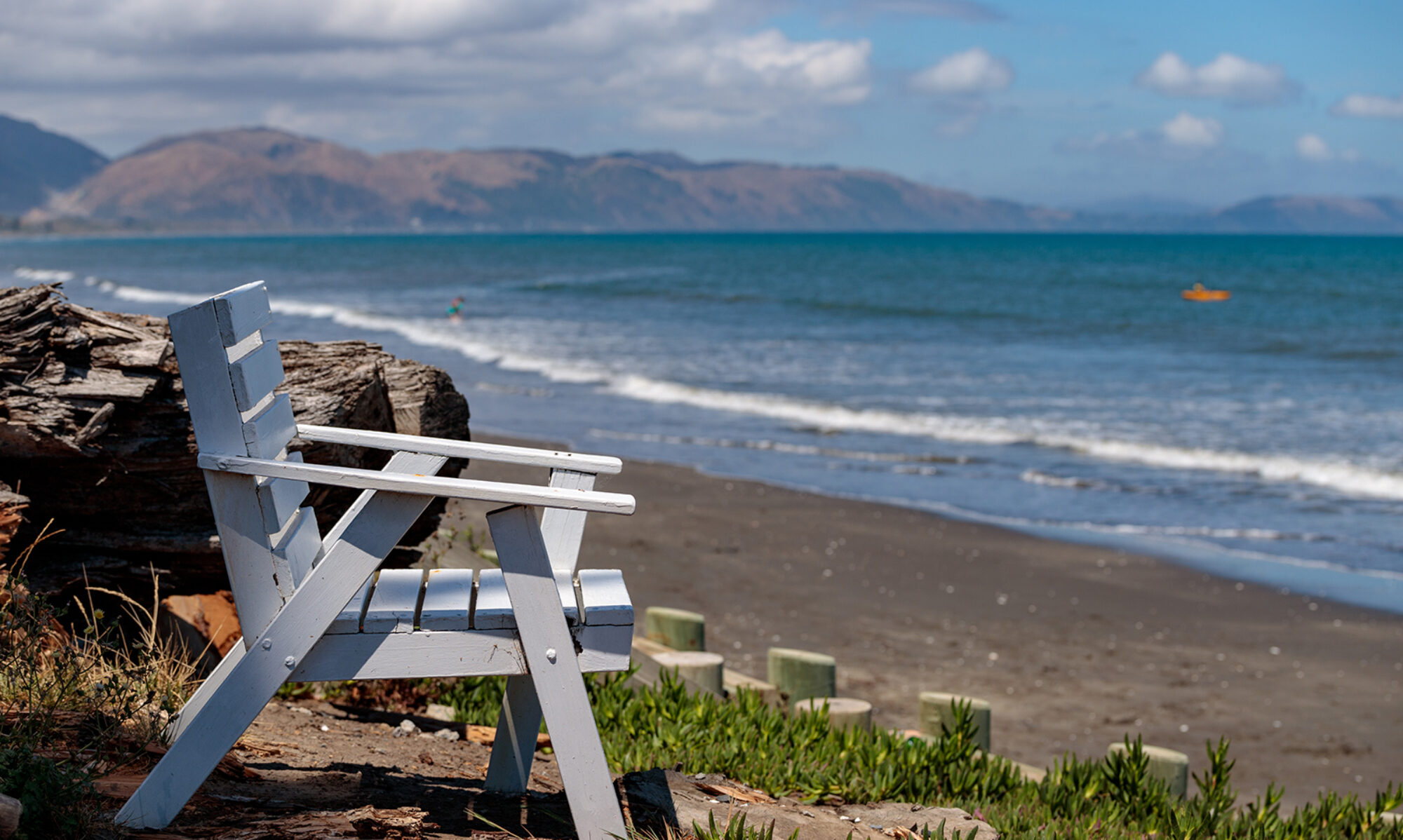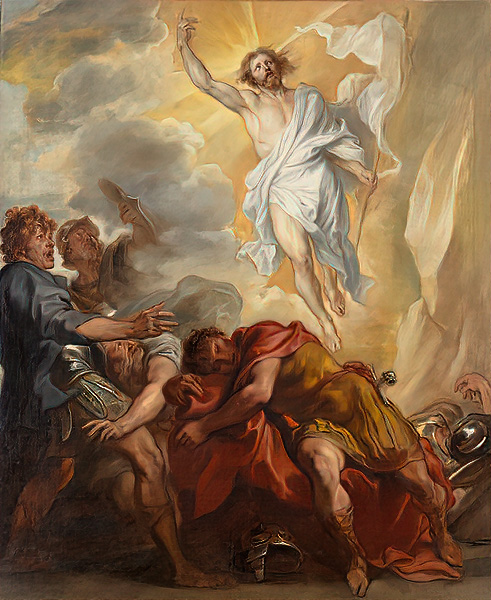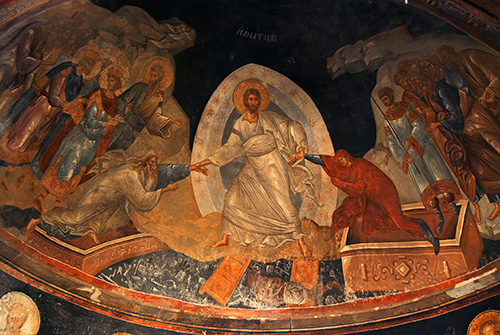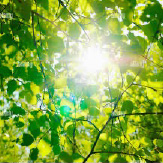“Do you love me?” Jesus asks Peter.
Jesus asks Peter the question three times and some commentators suggest the three questions may mimic the threefold denial of Peter in the courtyard as Jesus is led to his trial, ample food for reflection.
Personally, I consider Peter very lucky to get away with three questions, I am being asked that daily!
However, I wish to draw our attention to a detail that might get overlooked in our shoreline activity.
“Have you caught anything, friends?” Jesus calls out, and when the answer comes back a resolute, “no”, his call is to throw the net out to the right side. There is a similar instance in Luke’s Gospel (Lk. 5: 1 -11).
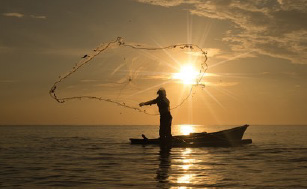
In the past, ships used to have rudders on their centre line, and they were controlled using a steering oar. As it is the case today, back then as well the majority of the people were right-handed. Thus, as most of the sailors were right handed, the steering oar used to control the ship was located over or through the right side of the stern.
For this reason, most of the seafarers were calling the right side as the ‘steering side’, which later was known as ‘starboard’. The word ‘starboard’ is the combination of two old words: stéor (meaning ‘steer’) and bord (meaning ‘the side of a boat’).
The left side is called ‘port’ because ships with steerboards or star boards would dock at ports on the opposite side of the steerboard or starboard. As the right side was the steerboard side or star board side, the left side was the port side. This was decided so that the dock would not interfere with operating the steerboard or starboard.
When casting out and hauling in fishing nets, the left (port side) would be used to prevent entanglement with the steering.
What Jesus is inviting/challenging the disciples in the boat to, is to do the complete opposite to what all their training and skills have imbued in them from a lifetime on the water – risk entanglement, risk losing the ability to steer!
As our Church continues in its process of Synodality, maybe todays Gospel has a strong image and metaphor for us all, namely dare to risk entanglement, to risk the inability to steer! Also, the port side is precisely that – the side nearest home, home being (for most) a place of security, safety and warmth. Jesus’, call from the shoreline is to do the exact opposite – to go fishing in places of insecurity, in unsafe places, in places without the comfort of warmth.
